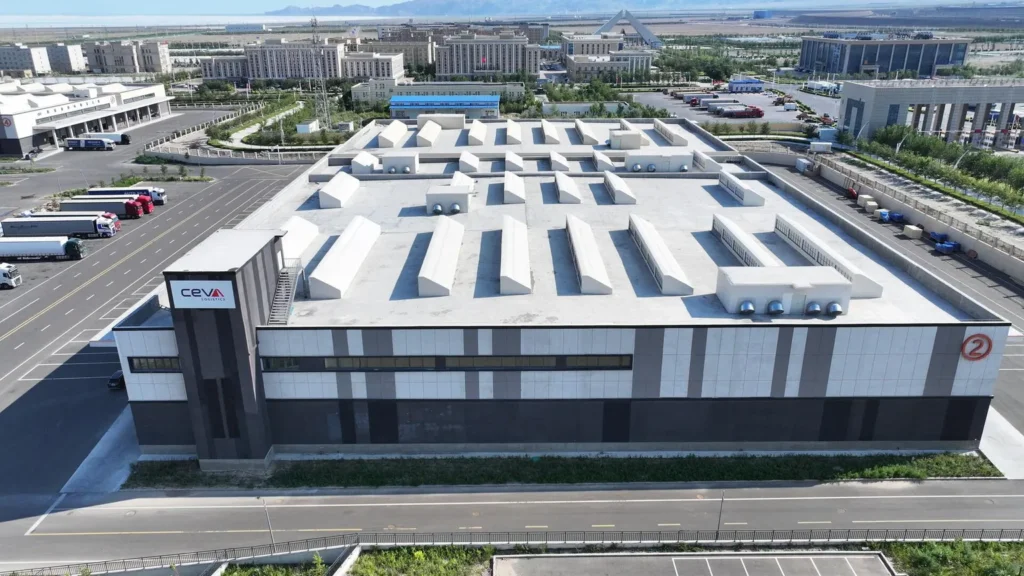The legal background for the electronic TIR carnet (eTIR) will enter into force on 25 May 2021, making it possible for TIR carnet holders to carry out international freight transits even faster, more efficiently and more securely – announces the United Nations Economic Commission for Europe.
The TIR system, used by over 34,000 transport and logistic companies, already reduces cross-border transport times by up to 80%, and costs by up to 38%, according to IRU. eTIR will not only provide a facilitated procedure for transport companies, but will also further secure the TIR system for the benefit of all customs administrations and transporters using it.
In addition, it will make the TIR system more competitive and efficient, since all customs authorities involved in an eTIR transport along a given itinerary (customs en route and destination) will be informed in advance, electronically and in a matter of seconds, through the dispatch of so-called advance TIR data by a TIR transporter, about an upcoming TIR declaration.
The eTIR international system (customs to customs) aims at ensuring the secure exchange of data between national customs systems about the international transit of goods, vehicles or containers according to the provisions of the TIR Convention and to allow customs to manage the data on guarantees, issued by guarantee chains to holders authorized to use the TIR system.
These benefits have been demonstrated in the eTIR pilot projects run since 2017.
Functioning on a real-time basis, the digital TIR tools enable multidirectional data exchange between TIR stakeholders and provide a secure communication platform for all parties involved in TIR transports—helping to promote trade, boost economic growth and make communities stronger.
What is eTIR?
eTIR is the TIR carnet procedure gone paperless. Its main parts are the following:
- TIR Customs Portal
- TIR Electronic Pre-Declaration (TIR-EPD)
- Real-Time SafeTIR
- AskTIRWeb
TIR Customs Portal
The TIR Customs Portal uses an IT system to manage their procedures and exchange information in real-time with national agencies, trade actors or international partners (customs or organisations such as UNECE or IRU).
TIR Electronic Pre-Declarations (TIR-EPD)
TIR Electronic Pre-Declarations (TIR-EPD), developed by IRU, enables TIR operators to send advance cargo information and exchange messages with multiple customs authorities throughout a TIR transport, in full respect of all national customs requirements and the format of information to be submitted.
This application is used by transport operators and their representatives. It saves border waiting time and reduces transport operator costs while allowing customs to do a proper risk assessment.
Real-Time SafeTIR (RTS)
The Real-Time SafeTIR system (RTS), also developed by IRU, allows customs officers to verify the status and validity of each TIR guarantee at any moment in real-time.
Besides the status, the tool provides information to customs concerning the holder and the name of the TIR guarantee issuing association, as well as a wide scope of customs messages already exchanged by other customs throughout the transport.
AskTIRWeb
AskTIRWeb is the IRU online tool for use by TIR national associations for managing TIR related matters such as issuing guarantees, claims procedure, reconciliation procedure, or the management of TIR transport operators and their vehicles and permits.
How does it work?
With eTIR, guaranteeing associations issue electronic TIR carnets upon request to their authorised TIR holders online, allowing them to send pre-declarations via TIR-EPD.
Customs associations, carnet holders, the United Nations and the IRU can exchange electronic messages and TIR transport information also enabling all actors to monitor the TIR guarantee status, all paperless and in real-time.
To find answers to questions regarding stamps and signatures of customs authorities; indications of reservations; primer languages and translations; and other issues, please visit the FAQ section of the UNECE website.
Which countries are part of it?
48 contracting parties out of 76 IRU members have expressed their interest in taking part in the project. These are: Armenia, Azerbaijan, Georgia, India, Iran (Islamic Republic of), Israel, Lebanon, Montenegro, Morocco, Pakistan, Qatar, Republic of Moldova, Tunisia, Turkey , Ukraine and Uzbekistan; and the European Union, in representation of its 27 members States.
Also, the Russian Federation has requested the secretariat to start working on a proof of concept for the member states of the Eurasian Economic Union (5 contracting parties).
Photo credits @ ZMPD









